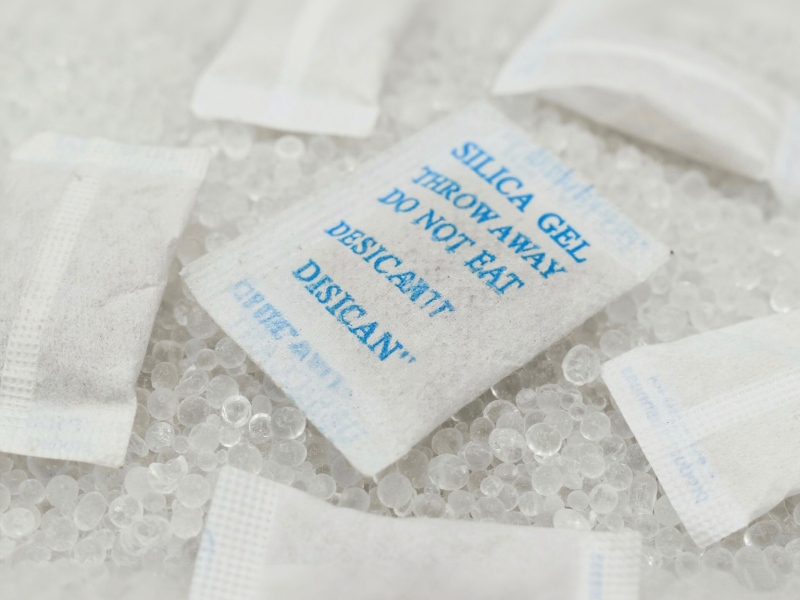What is Special about Desiccant Packaging Paper?
How Desiccant Paper Protects Your Food
Moisture is one of the biggest threats to food quality. Even small amounts of humidity can cause mold, spoilage, or loss of texture and flavor. Desiccant packaging paper acts like a silent guardian, absorbing excess moisture and maintaining an optimal dry environment. By preventing condensation inside packaging, it helps extend the shelf life of snacks, dried fruits, powdered products, and even coffee or tea. Unlike ordinary paper or plastic wraps, desiccant wrapping paper ensures consistent protection, keeping food fresh from production to consumption.
What is Special About Desiccant Packaging Paper?

The uniqueness of desiccant packaging paper lies in its materials and composition. Typically made from high-quality kraft or bleached paper, it is impregnated or coated with moisture-absorbing agents like silica gel, bentonite clay, or molecular sieves. Some versions integrate natural, food-safe desiccants, combining moisture control with safety for edible products. This dual function—acting as both packaging and desiccant—sets it apart from traditional packaging solutions.
Advantages of Desiccant Paper over Regular Packaging
Desiccant paper provides multiple advantages that ordinary paper or plastic cannot match:
Integrated Moisture Control: No need for separate silica gel packs.
Uniform Protection: Evenly absorbs humidity throughout the package.
Product Longevity: Reduces spoilage, mold, and odor development.
Ease of Use: Can be cut, folded, or wrapped like normal paper while maintaining protective functions.
Versatility: Suitable for food, pharmaceuticals, electronics, and other moisture-sensitive items.
Desiccant Packaging Paper is Eco-Friendly
Many desiccant papers are designed with sustainability in mind. Biodegradable base paper and non-toxic desiccant materials reduce environmental impact compared to plastic desiccant sachets. Some manufacturers also produce recyclable or compostable versions, appealing to businesses and consumers committed to eco-friendly packaging solutions. This combination of functionality and responsibility gives desiccant packaging paper an edge in modern packaging demands.
Safety Considerations
Safety is crucial, especially when used with food or consumable products. High-quality desiccant papers use non-toxic, food-safe desiccants that do not leach harmful substances. For industrial applications, compliance with standards such as FDA or EU food contact regulations ensures reliability. Proper handling and storage are also important—keeping the paper dry before use ensures maximum moisture absorption and product safety.
Desiccant packaging paper is more than just a wrapping material; it is a smart solution that combines moisture control, product protection, eco-friendliness, and safety in a single, versatile product. Its unique composition and thoughtful design make it a quiet but essential hero in keeping goods fresh and safe.
